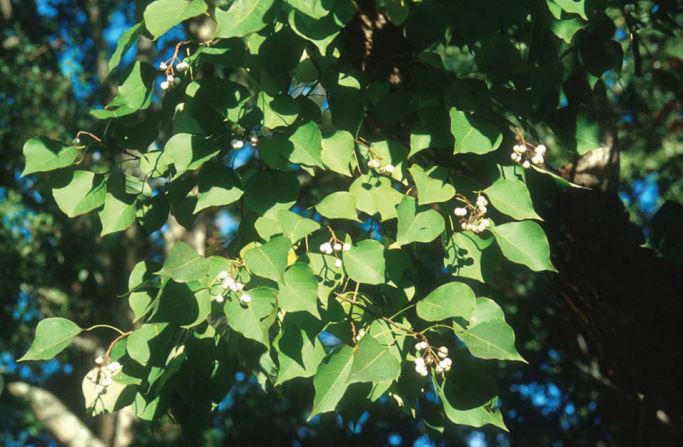
by Kalyn Waters | Jan 26, 2018
Chinese Tallow is an invasive tree that is now well established in the Southern United States. It first became a concern in natural areas, due to its invasive nature and adverse effect on native communities of plants. Chinese tallow was first recognized as an issue in...
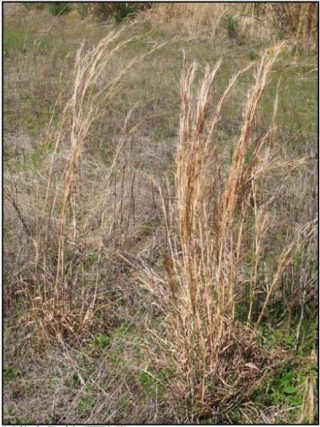
by Kalyn Waters | Jan 19, 2018
Broomsedge is an economically important weed in the southern United States, with it typically being found in low fertility pastures. By itself, prescribed burning has little impact/control on Broomsedge as it only removes biomass above ground, and has little impact on...
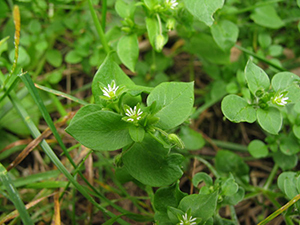
by Kalyn Waters | Jan 12, 2018
According to Dr. Brent Sellers, UF Weed Specialist, weeds in pastures cost Florida ranchers an excess of $180 million annually. Weeds reduce forage yields and quality. Chickweed is a common winter annual, broad-leaf weed found across the Southeastern U.S., and is one...
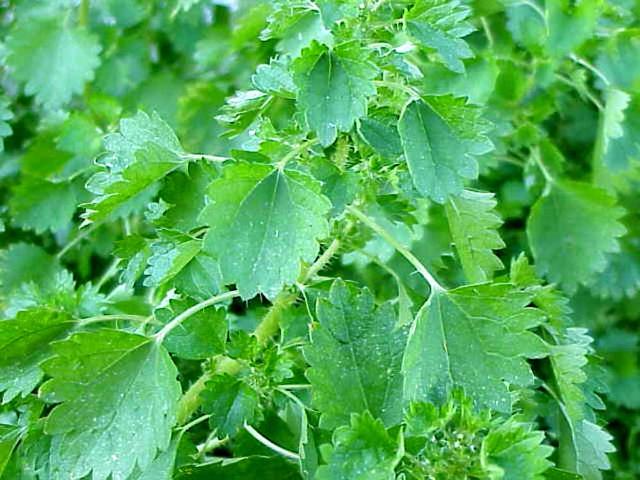
by Kalyn Waters | Jan 5, 2018
Currently, across the Panhandle of Florida and the Southeast, Fireweed is popping up around structures, fence lines and other areas where bare dirt is present. Fireweed is well known for its stinging hairs that are easily embedded in the skin. These hairs carry toxins...
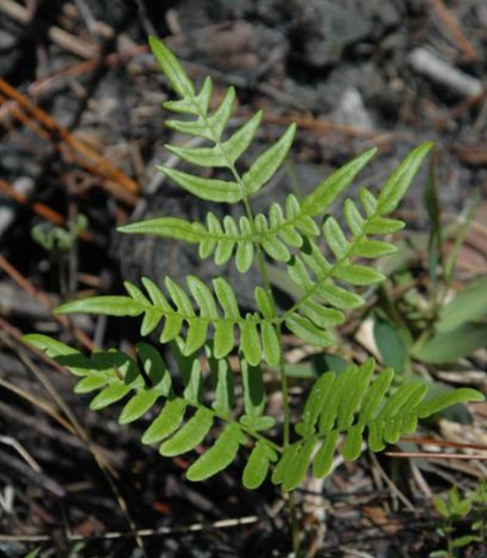
by Kalyn Waters | Nov 3, 2017
Bracken Fern is a common perennial fern that is found across the United States. Its ability to grow well is both dry and moist soils, as well as along tree lines, in wooded areas, and around buildings, make it a well-adapted species. While all parts of the fern are...

by Kalyn Waters | Oct 27, 2017
Caesar’s Weed is a member of the Malvaceae family, which are typically grown for ornamental purpose. Other plants in this family include Hibiscus and Cotton. Caesar’s weed is most commonly is found in disturbed areas, pastures, and perennial crop...







